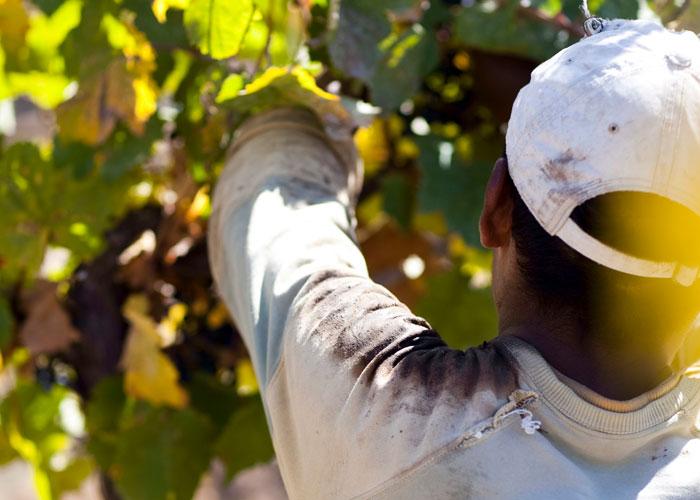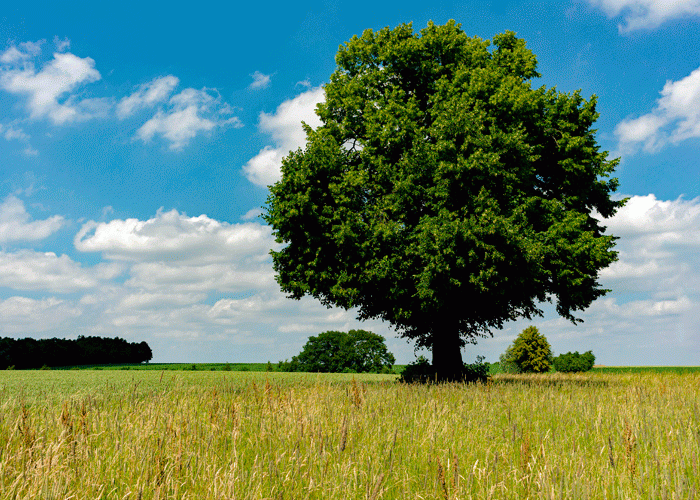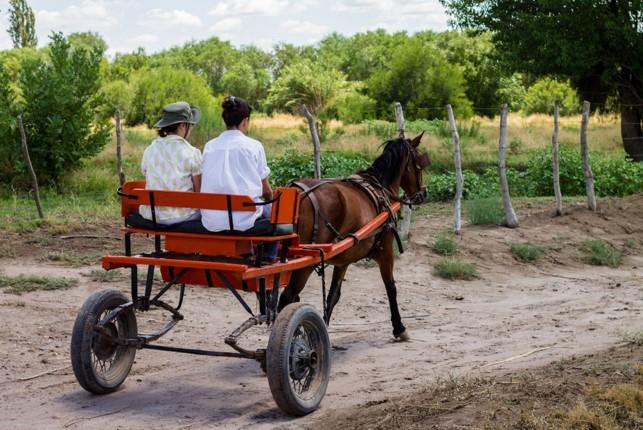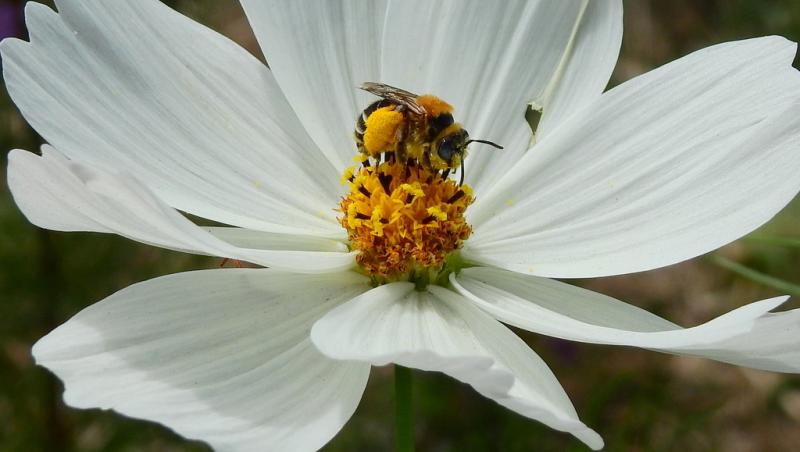Tilia Torrontés

Wine Description
TILIA seeks to create action around sustainable farming in Argentina and around the world. Rural life in Mendoza is rooted in a deep connection with the surrounding natural environment and the stages of life in the vineyard, interrupted without fail by the family weekend gathering for asado, our name for barbecue.
TILIA illustrates the journey toward sustainable viticulture in Argentina through its label, with the hope to inspire a movement among wine drinkers and producers all over the world. TILIA is also the first Argentine wine to carry the Bodegas de Argentina Certified Sustainable Seal on its label.
Torrontés is indigenous to Argentina and has a unique profile that has quickly made it the country's signature white grape. TILIA Torrontés has notes of passionfruit, citrus, tropical fruits, and freshly cut grass.
 Acclaim
Acclaim
 Vineyard & Production Info
Vineyard & Production Info
 Winemaking & Aging
Winemaking & Aging
 Analytical Data
Analytical Data
 Wine Production
Wine Production
Crafted with 100% Torrontés grapes, the juice is fermented for three months in stainless steel tanks.
 About the Vineyard
About the Vineyard
The grapes for this Torrontés are grown in Cafayate, Salta in Northern Argentina, in a high-altitude vineyard that sits at an incredibly high 5,500 feet above sea level.










